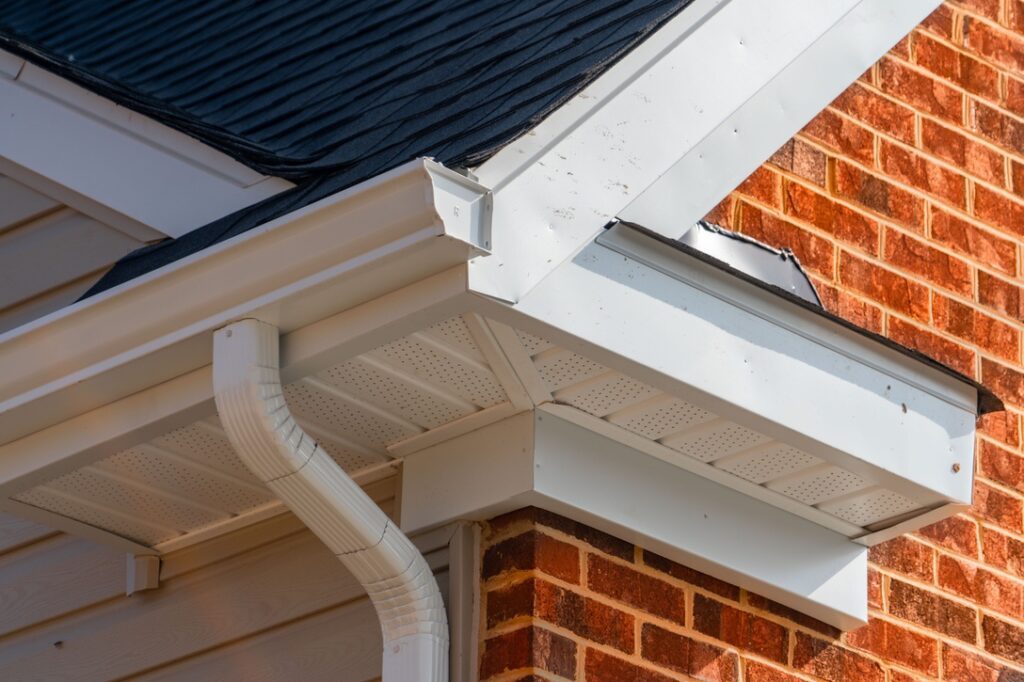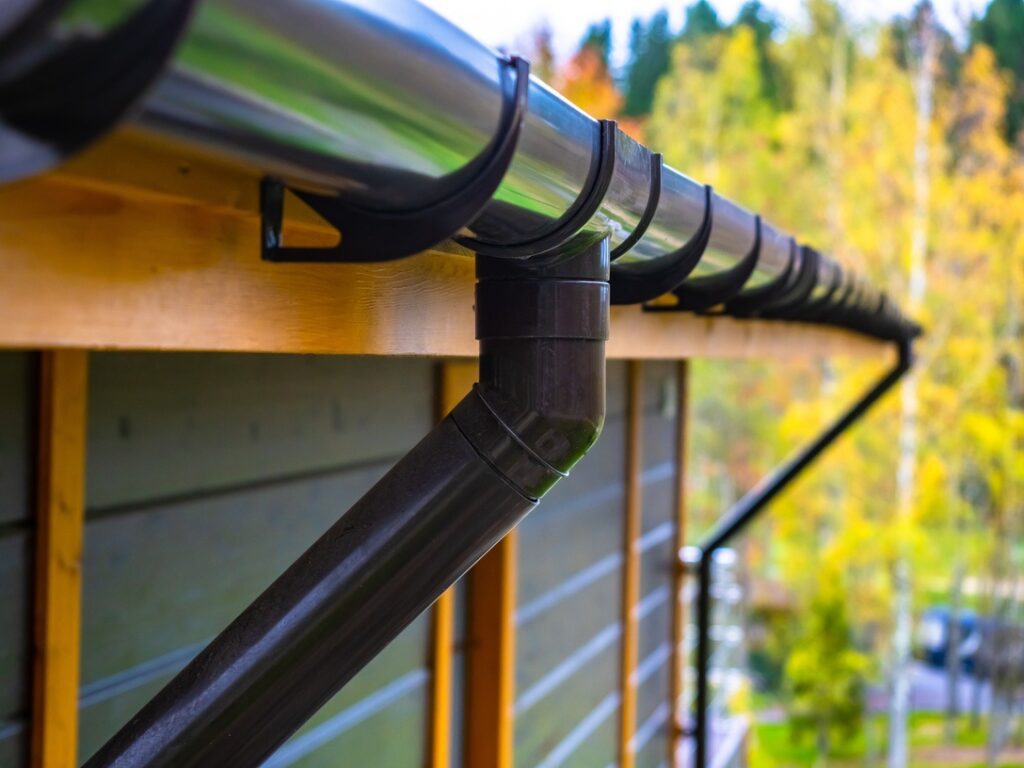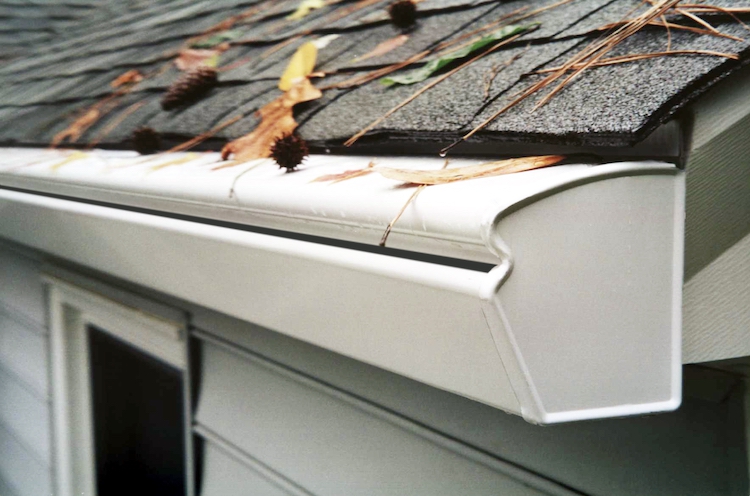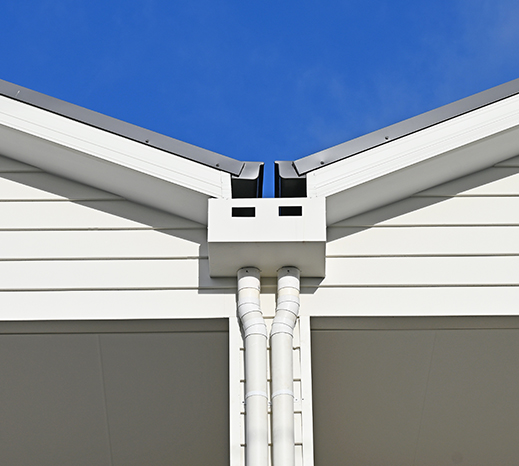Your gutters play a vital role in draining water away from your home’s roof and foundation, but they can only function effectively if they’re the...

Your gutters play a vital role in draining water away from your home’s roof and foundation, but they can only function effectively if they’re the right size. Several different factors help determine the size of gutters each home needs, including the maximum average amount of rainfall in the area—so it can be difficult to know what gutter size will be the most cost-effective for your specific home. Fortunately, we’re here to help!
Tidewater Roofing has spent decades providing custom gutter fabrication for homes throughout Hampton Roads and Richmond, VA. We know all about how much rain different gutter sizes and styles can handle, and we’re here to share our expertise with you so you can invest in the right drainage system for your home.
See Also:
What Factors Determine Gutter Size?
There are three main factors that affect the gutter size your home will need. These are:
Your Roof’s Drainage Area
Roofs with larger drainage areas need higher capacity gutters, since more water will fall on them when it rains. Multiply the length and width of each slope on your roof, then add them together to find the total drainage area.
Your Roof’s Pitch (or Slope)
Steeper roofs also need gutters that can hold more water, since runoff will flow down them more quickly. You can find the pitch factor of your roof by measuring the gap between the roof and the underside of a level held against it at the 12-inch mark). Different pitch factors correspond to the following measurements:
| Gap Size | Pitch Factor |
| 12 or more inches | 1.3 |
| 9-11 inches | 1.2 |
| 6-8 inches | 1.1 |
| 4-5 inches | 1.05 |
| 3 inches or less | 1 |
The Maximum Average Rainfall in Your Area
You’ll measure this by the maximum average amount of rain per hour in a given year—remember, these numbers will differ from one zip code to another, so it’s best to consult with your local weather station to find the data for your exact region.
How We Use this Data to Determine Gutter Sizes
Once our professionals have the measurements listed above, we apply them to the following formula:
Drainage Area (sq ft) x roof pitch factor (see table) x rainfall intensity (inches/hr)
The resulting number allows us to choose a gutter size that can handle your home’s specific drainage needs. Next, let’s look at the different sizes and styles we might use.
Water Capacity for Different Gutter Sizes
Most homes in Virginia use either 5-inch or 6-inch varieties. Here’s a quick breakdown of how much water different gutter sizes can hold.
5-Inch Gutters
The most common diameter for residential gutters in Virginia is 5 inches. 5-inch gutters in a typical K-Style can hold 1.2 gallons of water per foot.
6-Inch Gutters
Many homes with larger or steeper rooftops opt to use 6-inch K-Style gutters instead, which can hold up to 2 gallons of water per foot.
How Different Styles Affect Gutter Capacity

K-Style Gutters
Many homeowners prefer these gutters, since they blend in well with the existing crown molding on most homes and are able to hold more water than other common styles. These gutters are named for the shape of the outer edge, which vaguely resembles the letter “k”.

Half-Round Gutters
Not every homeowner wants K-Style gutters, in spite of their practicality. Half-round gutters do not hold as much water (meaning you’ll need wider ones to hold the same amount as K-Style gutters), but they have a more “classic” appearance, which is why you’ll find them on many older buildings and character homes.

Box Gutters
These high-capacity gutters are more commonly used for commercial businesses, but some homeowners prefer to use them as well. Box gutters are normally made from extra-durable materials (we use 24-gauge stainless steel or heavy-gauge aluminum for ours), helping them perform effectively over long periods of time.

What About Leaf-Free Gutters?
Even gutters that are sized correctly for your home can be at risk of overflowing if leaves or other debris get caught in them and cause a blockage. To prevent this, many homeowners choose to invest in leaf-free gutters that trap objects on top of the gutters so that they cannot enter the passage and obstruct the flow of water.
Our leaf-free gutter solutions by Carefree Gutter Guard ensure that water always has a free path to flow into your downspout and away from your home. The debris that collects on top gets blown away by wind after it dries out, meaning these gutters never become clogged the way traditional gutters can.
Make Sure Your Gutters Are Ready to Protect Your Home
Ensuring your gutters are the right size for your home and that they won’t clog or overflow keeps your roof and foundation safe from water damage throughout Virginia’s changing seasons. For more information or to have an experienced roofing professional size your home for effective gutters, contact Tidewater Roofing and speak to a member of our team who will be happy to help.

